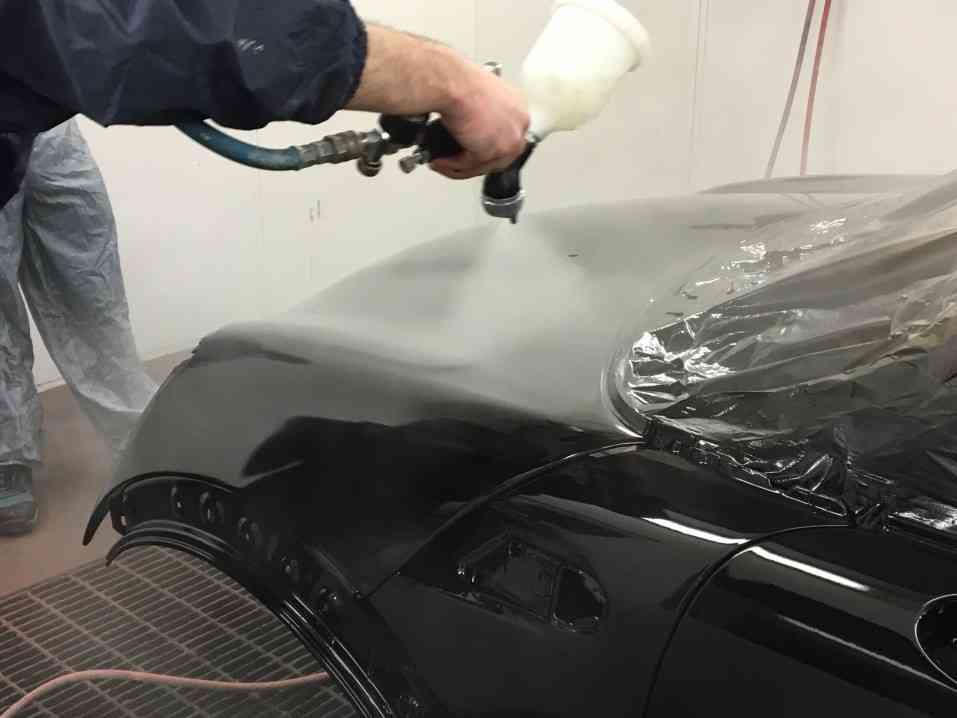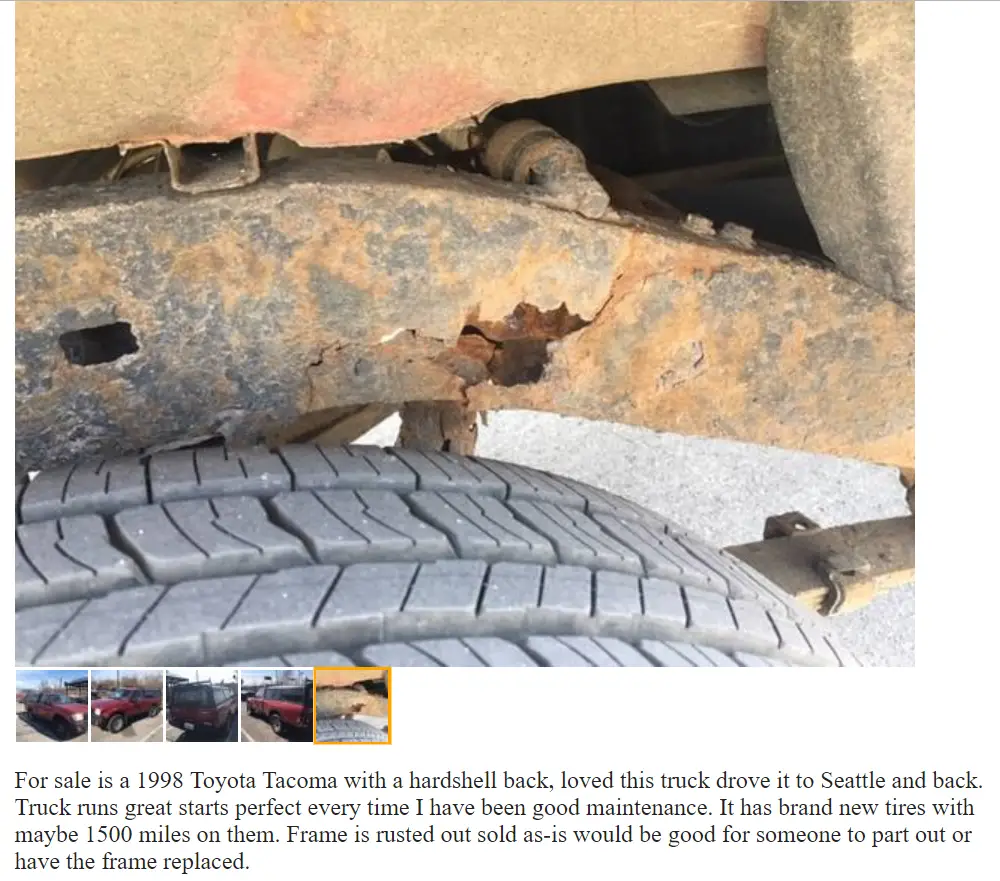Painting over a clear coat can be a tricky process, but with the right preparation and techniques, it is possible to achieve a successful result. Clear coats are designed to protect the paint underneath, but they can also make it difficult for new paint to adhere properly. To ensure that the new paint adheres well and does not peel or bubble, it is essential to prepare the surface thoroughly.
Before painting over the clear coat, it is important to clean the surface thoroughly and remove any dirt, grease, or wax. Sanding the surface lightly with fine-grit sandpaper can also help to provide a surface that is receptive to new paint. After sanding, it is important to clean the surface once more to remove any dust or debris.
Once the surface has been cleaned and prepared, the next step is to apply a primer. Primer is a type of paint that is specially designed to help the new paint adhere to the surface. The primer acts as a barrier between the clear coat and the new paint, preventing the new paint from reacting with the clear coat and ensuring that it adheres properly. It is important to choose a primer that is specifically designed for use over clear coats, as some primers may not be suitable for this purpose.

Can You Paint Over Clear Coat In Brief
First and foremost, it’s important to understand that a clear coat is designed to protect the paint underneath from the elements, but it can also make it a bit challenging to apply new paint effectively. To ensure that the new paint adheres well and provides long-lasting protection, you need to prepare the surface thoroughly. This typically involves cleaning the surface to remove any dirt, grease, or wax, and then lightly sanding it to provide a surface that is receptive to new paint.
Once you’ve properly prepared the surface, it’s time to apply a primer. Primers are specifically designed to help new paint adhere to the surface, and there are many great options available for use over clear coats. I’m a big fan of products like Rust-Oleum Automotive Primer, as it provides a strong barrier between the clear coat and the new paint, helping to prevent peeling and bubbling over time.
Finally, when it comes to selecting your new paint, it’s important to choose a high-quality product that is specifically designed for use over clear coats. I’m always impressed by brands like Dupli-Color and Krylon, as they offer a wide range of colors and finishes, and their products are formulated to provide long-lasting protection.
Overall, painting over a clear coat is a great way to refresh the look of your vehicle, and with the right preparation and materials, you can achieve a professional-looking result. So go ahead and give it a try – I guarantee you’ll have a blast!
Paint Over Clear Coat Comparison Table
- Surface Preparation: The first step in painting over a clear coat is to properly prepare the surface. This involves cleaning the surface to remove any dirt, grease, or wax, and then lightly sanding it to provide a surface that is receptive to new paint. It’s important to choose a cleaning product that is specifically designed for automotive surfaces and to sand the surface evenly to avoid creating any visible scratches or marks.
- Primer: The next step is to apply a primer, which is a type of paint that is specifically designed to help the new paint adhere to the surface. Primers act as a barrier between the clear coat and the new paint, helping to prevent peeling and bubbling over time. There are many different types of primers available, including water-based and oil-based options, and it’s important to choose a primer that is specifically designed for use over clear coats.
- Paint: The final step is to apply the new paint, and it’s important to choose a high-quality product that is specifically designed for use over clear coats. There are many great brands available, including Dupli-Color, Krylon, and Rust-Oleum, and they offer a wide range of colors and finishes to choose from. It’s also important to follow the manufacturer’s instructions carefully and to apply the paint evenly to avoid creating any visible brush marks or drips.
Here is a comparison table that summarizes the key differences between the three ingredients:
| Ingredient | Purpose | Characteristics |
|---|---|---|
| Surface Preparation | To provide a receptive surface for the new paint | Involves cleaning and sanding the surface evenly |
| Primer | To help the new paint adhere to the surface | Acts as a barrier between the clear coat and the new paint |
| Paint | To provide long-lasting protection and refresh the look of the vehicle | High-quality, specifically designed for use over clear coats, available in a wide range of colors and finishes |
I hope this helps provide a more detailed understanding of each ingredient in the process of painting over a clear coat. Good luck with your project!

Equipment To Work With Paint Over Clear Coat
| Equipment | Purpose |
|---|---|
| Sandpaper | To lightly sand the surface before painting to provide a receptive surface for the new paint |
| Cleaning solution | To clean the surface and remove any dirt, grease, or wax |
| Sanding block | To help apply even pressure when sanding the surface |
| Primer | To help the new paint adhere to the surface |
| Paint | To provide long-lasting protection and refresh the look of the vehicle |
| Paintbrush or roller | To apply the primer and paint evenly |
| Masking tape and paper | To protect areas that should not be painted, such as trim or windows |
| Drop cloth or plastic sheeting | To protect the surrounding area from any drips or spills |
| Paint gun (optional) | To achieve a smoother and more professional-looking finish |
Having the right equipment on hand will not only make the process easier, but it will also help you achieve a better result. Take your time and choose quality equipment, as this will help ensure that your finished project looks great and lasts for many years to come.
Step By Step Instructions On How Paint Over Clear Coat
- Prepare the surface: Clean the surface of the vehicle thoroughly using a cleaning solution specifically designed for automotive surfaces. Let the surface dry completely, then lightly sand it with fine-grit sandpaper. Use a sanding block to help apply even pressure and avoid creating any visible scratches or marks.
- Apply primer: Apply a primer specifically designed for use over clear coats. Use a paintbrush or roller to apply the primer evenly, taking care to avoid any drips or runs. Let the primer dry completely according to the manufacturer’s instructions.
- Mask off areas: Use masking tape and paper to protect areas that should not be painted, such as trim or windows. Cover the surrounding area with a drop cloth or plastic sheeting to protect it from drips or spills.
- Apply paint: Apply the new paint using a paintbrush, roller, or paint gun. Choose a high-quality paint specifically designed for use over clear coats, and follow the manufacturer’s instructions carefully. Apply the paint evenly, taking care to avoid any drips or runs.
- Allow to dry: Let the paint dry completely according to the manufacturer’s instructions. This may take several hours, depending on the temperature and humidity.
- Remove masking materials: Carefully remove the masking tape and paper, taking care not to damage the newly painted surface.
- Inspect the finish: Once the paint is dry, inspect the finish to ensure that you are satisfied with the result. If there are any drips or runs, or if the paint did not adhere properly in some areas, you may need to sand the surface and reapply the primer and paint.
That’s it! By following these steps, you’ll be able to paint over a clear coat and achieve a professional-looking result that will provide long-lasting protection and refresh the look of your vehicle. Good luck!
F.A.Q.
Can you paint over clear coat without sanding?
Yes, you can paint over clear coat without sanding, but it is not recommended. Sanding the surface lightly before painting helps to provide a receptive surface for the new paint and can also help to remove any contaminants that may be present on the surface.
What is the best primer to use over clear coat?
A primer specifically designed for use over clear coats is the best choice. Look for a high-quality primer that is compatible with your paint and the surface you are working on.
Is it necessary to use a paint gun to paint over clear coat?
No, it is not necessary to use a paint gun. You can use a paintbrush or roller to apply the primer and paint, but a paint gun can provide a smoother and more professional-looking finish.
What kind of paint should I use to paint over clear coat?
Choose a high-quality paint specifically designed for use over clear coats. Look for a paint that is compatible with your primer and the surface you are working on.
How long should the paint dry before removing masking materials?
The drying time for the paint will depend on the manufacturer’s instructions and the conditions you are working in (temperature, humidity, etc.). Be sure to allow the paint to dry completely before removing the masking materials, as this will help to avoid damaging the newly painted surface.
Can you paint over clear coat with a different color?
Yes, you can paint over clear coat with a different color. Simply choose the new color of paint you want to use and follow the steps outlined in this guide to achieve a professional-looking result.



Leave a Reply